On View
A Marvelous New Exhibition Argues That Verrocchio, Leonardo da Vinci’s Mentor, Deserves Far More Credit Than He Gets
The show makes a splendid case for the overlooked master.
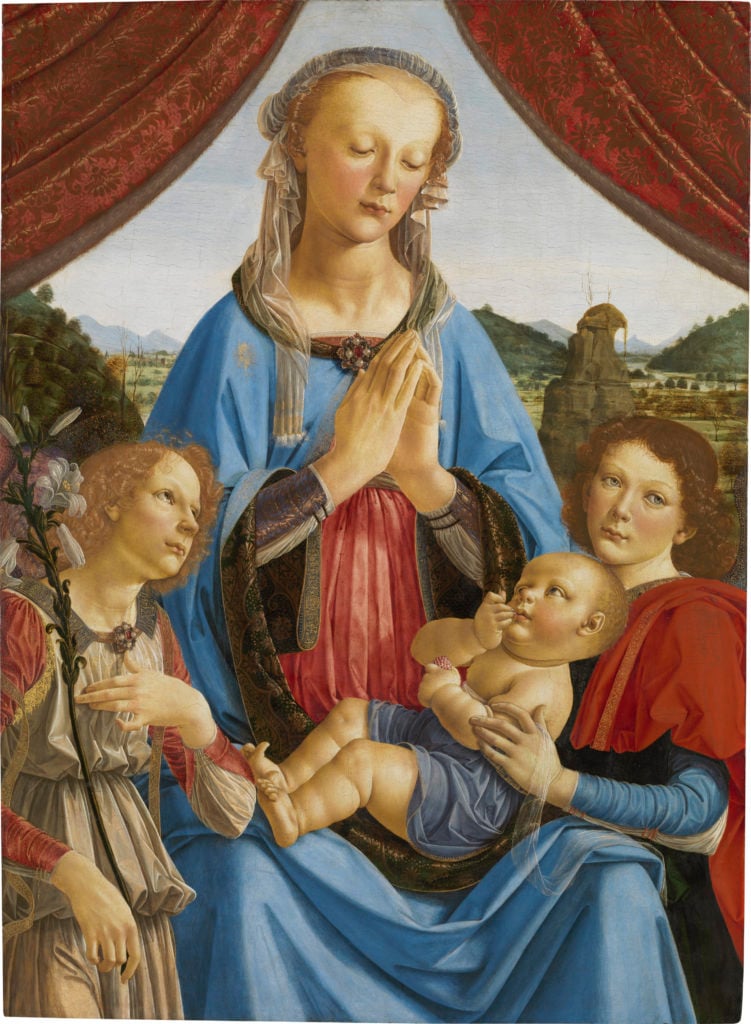
The show makes a splendid case for the overlooked master.

Taylor Dafoe

Unless you’re an art history major, there’s a good chance you’ve never heard of the Florentine Renaissance painter and sculptor Andrea del Verrocchio. But you’ve certainly heard of his greatest pupil, Leonardo da Vinci.
Though his star student would go on to outshine him in the art historical canon, Verrocchio is nevertheless regarded as one of the most influential artists of his generation, one whose technical and conceptual contributions to the arts paved the way for the High Renaissance in the early 16th century.
And now, for the first time ever, a survey of his work has landed in America.
On view now through January 2020 at the National Gallery of Art in Washington, DC, “Verrocchio: Sculptor and Painter of Renaissance Florence” brings together more than 50 of the master’s artworks, including drawings, sculptures, and paintings.
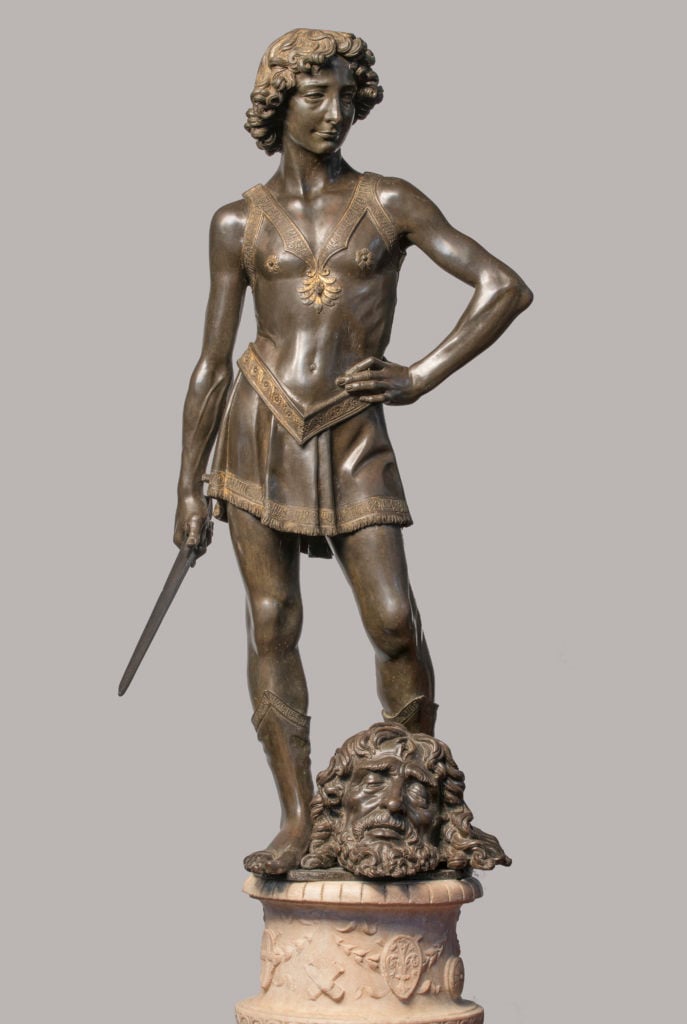
Andrea del Verrocchio David with the Head of Goliath (c. 1465). Courtesy of the National Gallery of Art.
Never have so many of Verrocchio’s works shared the same room in the US, giving viewers a proper opportunity to appreciate what a Renaissance man he really was.
“Verrocchio was one of the first major multidisciplinary masters,” Andrew Butterfield, the curator of the exhibition, tells artnet News. “There was a high degree of cross-fertilization of the arts in his mind. This is the first exhibition where we can see the fruits of that.”
Verrocchio was born in Florence around 1435. First trained as a goldsmith, he eventually picked up painting and sculpture, likely studying at the workshop of Filippo Lippi. By the time he was 30, Verrocchio was recognized as a master of the first rank, a position that lead to a number of high-profile commissions from the Medici family, who governed cultural and political life in Florence.
He also operated a prominent studio with a number of assistants, including Leonardo, who is thought to have worked and lived with Verrocchio from a young age until he was 26 years old.
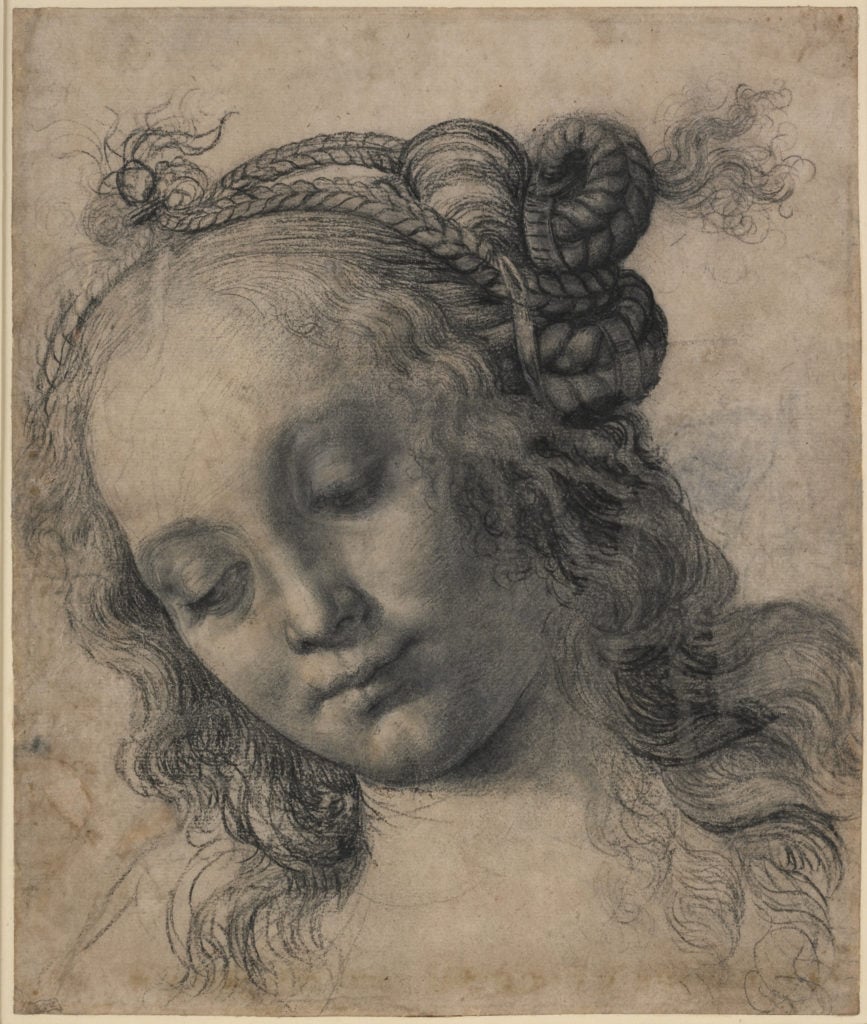
Andrea del Verrocchio, Head of a Woman with Braided Hair (c. late 1470s). © The Trustees of the British Museum. All rights reserved.
Butterfield, one of the world’s leading experts on Verrocchio, does not shy from superlatives when talking about the artist.
“He is of extraordinary importance,” he says, noting that Verrocchio was particularly progressive in drawing and sculpture. “His achievements really did change the history of art, both because he changed what was possible conceptually; and technically, and because of his influence on the next generations of artists.”
Evidence points to Verrocchio being the first artist to successfully use black chalk in his drawings. Though today such a development seems quaint, it was a significant contribution in the 15th century, opening up degrees of tonal range that were previously difficult to imagine. Butterfield points to one of the show’s central drawings, Head of a Woman with Braided Hair (c. 1475–78), which is done with a great deal of depth, revealing what a master draughtsman Verrocchio was.
The artist also brought technical sophistication to bronze casting in an age when few artists had the know-how to work in such a medium, which at that time had been long dormant. In 1467, he was commissioned to create a bronze work depicting Christ and Saint Thomas in a church in the center of Florence. When the work was unveiled 16 years later, Butterfield says, it was regarded as a “wonder of the world.”
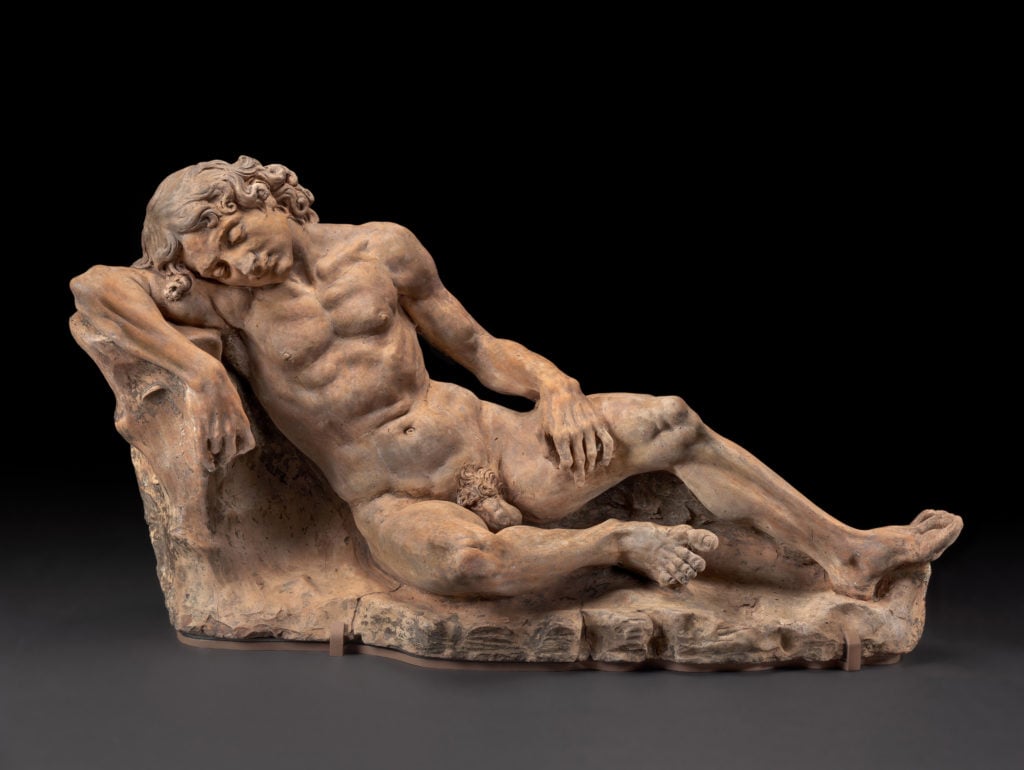
Andrea del Verrocchio,
Sleeping Youth (c. 1470–1480). Courtesy of the National Gallery of Art.
With such a distinct influence on the story of Renaissance art, one has to wonder: Why isn’t Verrocchio mentioned in the same breaths as Leonardo, Michelangelo, Raphael, or Donatello?
It’s a question of narrative, Butterfield argues. Giorgio Vasari, the Italian thinker long considered to be the godfather of art history, whose own scholarship largely still defines the Renaissance canon, didn’t favor Verrocchio.
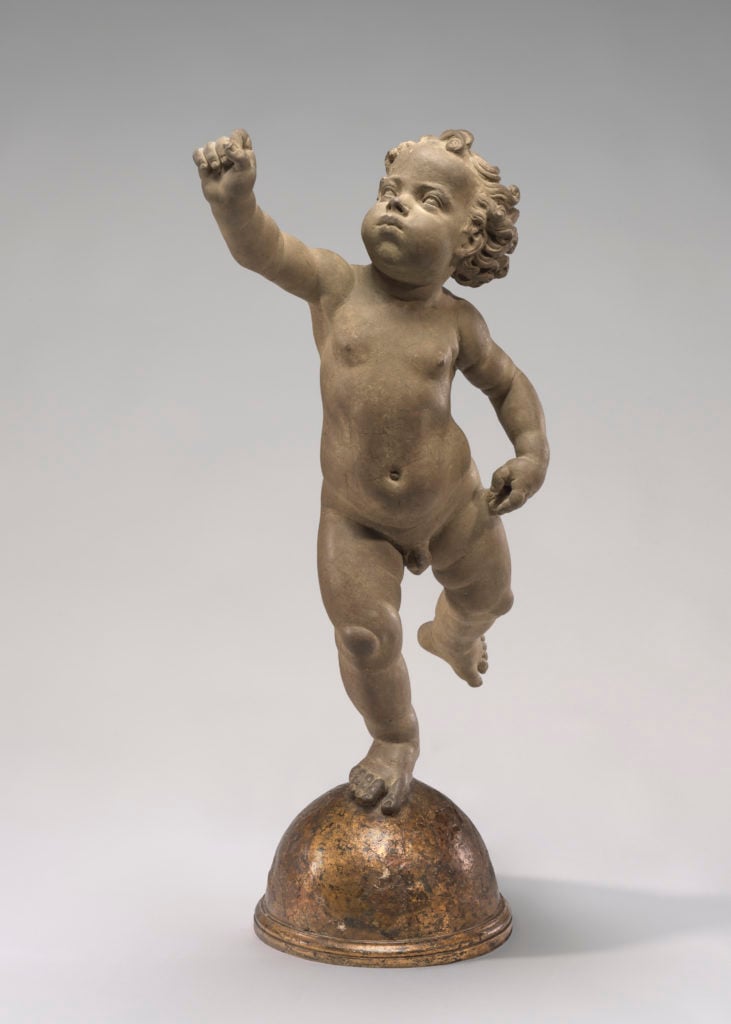
Andrea del Verrocchio, Putto Poised on a Globe (c. 1480). Courtesy of the National Gallery of Art.
“Vasari chose certain artists to be the heroes of a generation, and in order to promote those artist’s importance, he often downplayed other artists’ achievements,” Butterfield says, explaining that over the course of the few decades in Renaissance study, scholars have learned to use the “most important source for Renaissance history with a great deal of caution.”
“Verrocchio: Sculptor and Painter of Renaissance Florence” is on view now through January 12, 2020 at the National Gallery of Art.